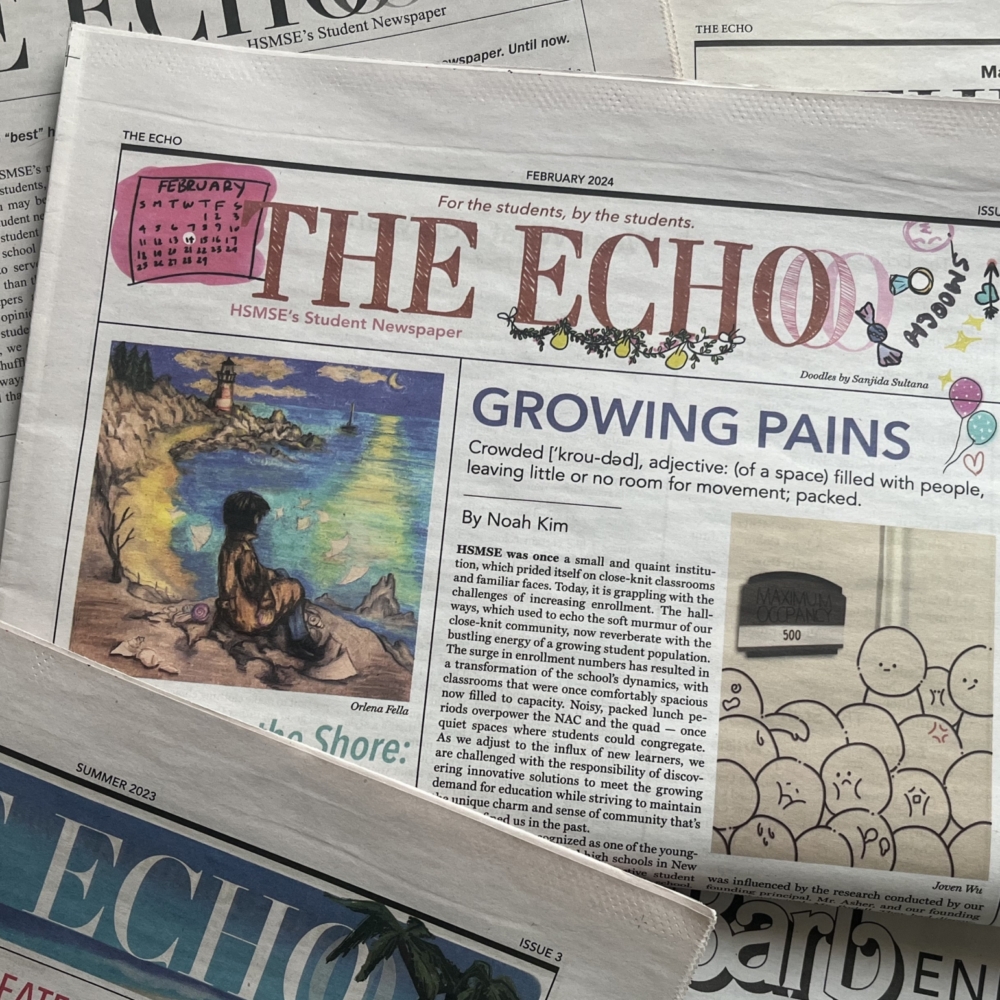The 25-Second Trick For News Articles
Table of ContentsSome Known Incorrect Statements About News Articles The 5-Minute Rule for News ArticlesNot known Factual Statements About News Articles All About News ArticlesEverything about News Articles
Excellent understanding of different topics gives pupils an affordable side over their peers. Despite the fact that digital and social networks are easily easily accessible, we ought to not neglect how important it is to check out the newspapers. Parents need to try and instill the practice of reviewing a newspaper as an everyday routine to continue the heritage of the revered print medium.Information stories additionally consist of at the very least one of the following essential features relative to the designated target market: closeness, prestige, timeliness, human rate of interest, oddity, or repercussion.
Within these restrictions, news tales also aim to be detailed. Nevertheless, various other elements are included, some stylistic and some stemmed from the media type. Among the bigger and extra respected papers, fairness and balance is a major element in providing info. Discourse is generally constrained to a different area, though each paper may have a various total angle.
Papers with an international audience, for instance, often tend to utilize a much more formal design of writing. News Articles.; usual design guides consist of the and the US News Design Publication.
Our News Articles PDFs
As a guideline, reporters will not utilize a lengthy word when a brief one will certainly do. They make use of subject-verb-object building and dazzling, active prose (see Grammar). They supply anecdotes, instances and allegories, and they hardly ever depend on generalizations or abstract ideas. News writers try to prevent utilizing the exact same word more than once in a paragraph (often called an "resemble" or "word mirror").
Headings often leave out the topic (e.g., "Leaps From Boat, Catches in Wheel") or verb (e.g., "Feline woman lucky"). A subhead (likewise subhed, sub-headline, subheading, subtitle, deck or dek) can be either a secondary title under the primary headline, or the heading of a subsection of the write-up. It is a heading that comes before the major text, or a group of paragraphs of the primary message.

Added signboards of any of these kinds may show up later in the short article (especially on succeeding pages) to entice additional reading. Such signboards are likewise used as Get the facts tips to the write-up in various other sections of the magazine or site, or as ads for the piece in various other publication or websites. Regular framework with title, lead paragraph (summary in bold), various other paragraphs (information) and contact details.

Example of a hard-lead paragraph NASA is proposing another space job. The company's budget plan demand, revealed today, consisted of a plan to send one more objective to the Moon. This time around the firm wishes to establish a long-term facility as a jumping-off place for other room journeys. The budget demands about $10 billion for the project.
The NASA news came as the company requested $10 billion of appropriations for the project. An "off-lead" is the 2nd crucial front page news of the day. The off-lead appears either in the leading left corner, or directly below the lead on the. To "bury the lead" is to start the article with history info or details of second value to the visitors, forcing them to find out more deeply right into a short article than they should need to in order to find the necessary points.
The smart Trick of News Articles That Nobody is Talking About
Usual usage is that or two sentences each form their own paragraph. Reporters usually explain the company or framework of a news story as an upside down pyramid. The crucial and most interesting aspects of a tale are put at the start, with sustaining details following in order of reducing value.
It permits people to check out a topic to just the depth that their interest takes them, and without the charge of information or subtleties that they can consider unimportant, however still making that info offered to a lot more interested viewers. The upside down pyramid framework additionally makes it possible for articles to be trimmed to any arbitrary length during layout, to fit in the area available.
Some the original source authors begin their stories with the "1-2-3 lead", yet there are numerous kinds of lead available. A twist can refer to several points: The last story in the information program; a "delighted" story to finish the show.
Longer write-ups, such as publication cover short articles and the items that lead the within sections of a paper, are referred to as. Function tales differ from straight information in numerous ways. Foremost is the lack of a straight-news lead, many of the time. As opposed to supplying the essence of a tale up front, you could try here feature authors may try to entice viewers in.
A Biased View of News Articles
The journalist commonly details communications with interview topics, making the item a lot more individual. A function's initial paragraphs usually relate a fascinating minute or event, as in an "unscientific lead". From the details of an individual or episode, its view rapidly expands to generalizations concerning the tale's topic. The section that signifies what an attribute has to do with is called the or signboard.

The Editor's Toolbox: A Referral Guide for Beginners and Professionals (2001) Allan M. Siegal and William G. Connolly. The New York Times Manual of Style and Usage: The Authorities Style Guide Made Use Of by the Writers and Editors of the Globe's A lot of Authoritative Paper (2002) M. L. Stein, Susan Paterno, and R.